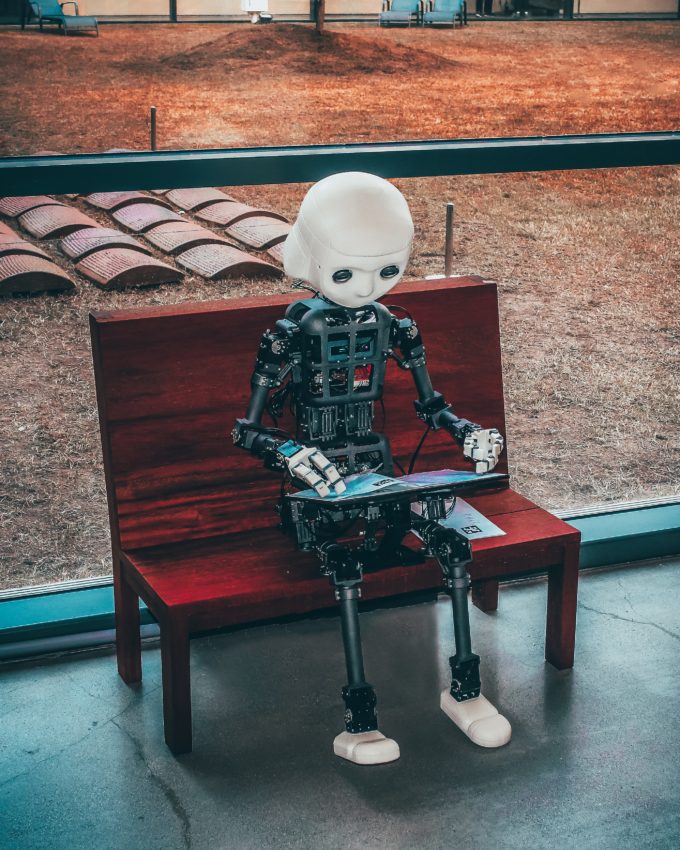Speed is the second characteristic Bob should possess. Every evolving business is, by default, engaged in a race against their competition. If you have a new idea with real merit, you need to get it to market before your rivals come up with something similar. That means moving as quickly as possible.
Bob, therefore, must be willing and able to work with you in this race – to try out new ideas and moderations as you come up with them, and to provide feedback quickly.
Where to find Bob
To locate your Bob, focus on those customers with whom you have developed strong long-term relationships. But steer clear of your biggest customers – the larger companies with which you transact (hence “best of business but small”).
There are several reasons for this. For one thing, big customers are unlikely to have the agility you need Bob to display – the risk is that your proposals will get tied up in red tape as they pass from one desk to another for sign-off after sign-off. More fundamentally, these customers are unlikely to be especially interested in your invention and innovation; indeed, since they already own a large chunk of the market, they will probably actively dislike the possibility of disruption.
Smaller customers, by contrast, are constantly looking for ways to grow. They’re delighted to try out your new ideas if there is a potential benefit for them. They’re also pleased to be asked; they know you have larger customers that spend more money with you, so the fact you’ve come to them is flattering.
There’s also the question of practicality. If you’re trying to collaborate with a large customer with multiple distribution points, complicated supply chains and an extended network, the complexity of their business is likely to undermine the learning process. Much better to start small and simple.
Of cause, not all smaller customers will meet the bill. While it may be tempting to work with the companies you know best, your relationship with Bob shouldn’t be too cozy. They need to be the kind of customer that will ask challenging questions and confront you with issues you need to resolve. Bob need not be your best friend – just a friend who is good enough to tell it to you straight.
Equally, Bob should be ready to try new things – keen to learn from you as well as provide feedback, and ready to embrace new technologies, innovations, and ways of working. You won’t learn anything from a customer who is unwilling to budge from the status quo.
Build your own Bob
In practice, every salesperson in your business should be able to identify a handful of customers with the potential to be your Bob. That creates an opportunity to build a nursery of Bobs – a group of customers with whom you can collaborate over time, increasing the learning you get from them as the relationships develop.
It takes commitment to build that kind of relationship. In most businesses, the natural tendency is to divide your attention between your customers in proportion with the amount of money they spend with you. Your group of Bobs, however, will be the exception to this rule: you’ll need to spend significant time getting to know them well, regardless of their spending power.
Finally, think about who owns the relationship with Bob. While your sales team may currently know Bob best, are they the right people to manage the learning process? It may be better for your sales director to manage the relationship, acting as a conduit between Bob and functions such as product development and marketing, where learnings from the customer will be most useful.
The power of Bob
Keep your eyes and your ears open. Business-school textbooks are full of examples of products that customers either inspired or dreamed up themselves, from the mountain bikes of the 1970s, first developed as modified road bikes by off-road enthusiasts, to sports drinks, produced in response to athletes’ demand for a beverage to replace the body fluids they were losing during sport.
Bob is more than just a sounding board; these customers could provide the concept for the next transformative product or service your business develops. Innovation very often begins with customer aspiration – it’s your job to recognize the value in that and take them on a journey to realize their idea.
In other words, your relationship with Bob could be the most important one your business ever cultivates.






